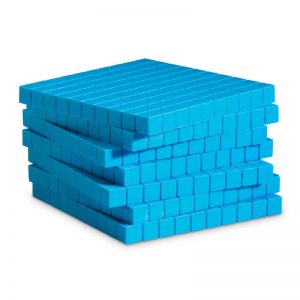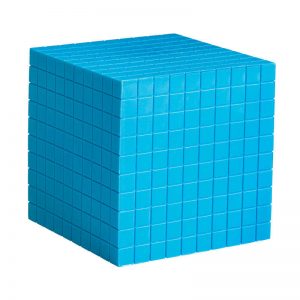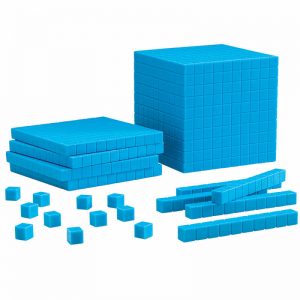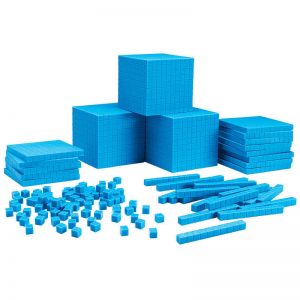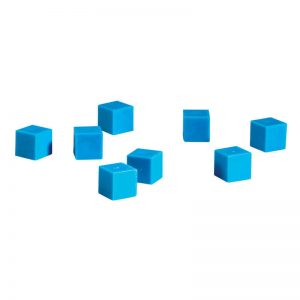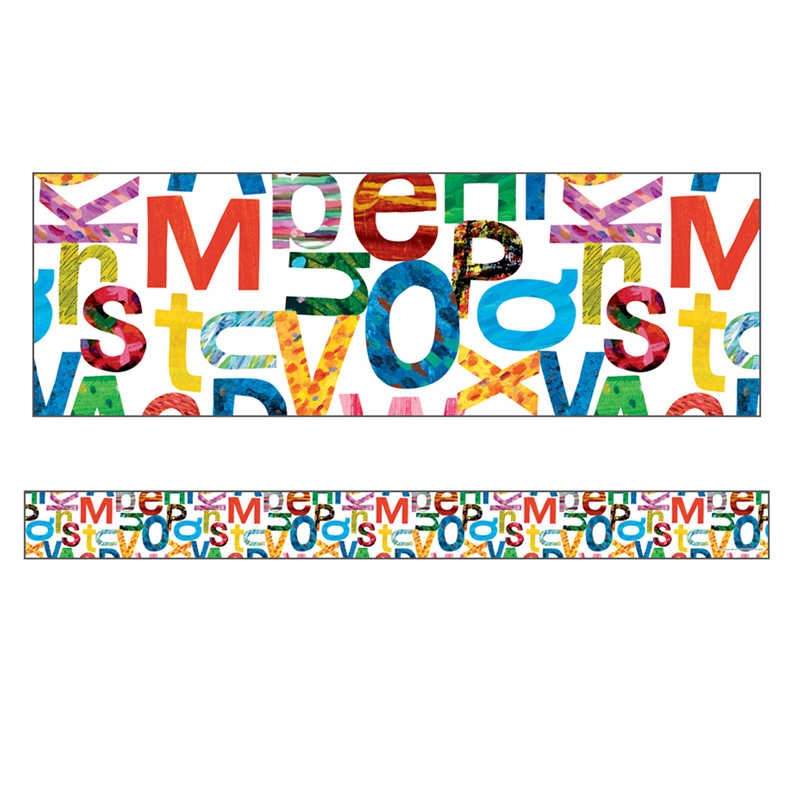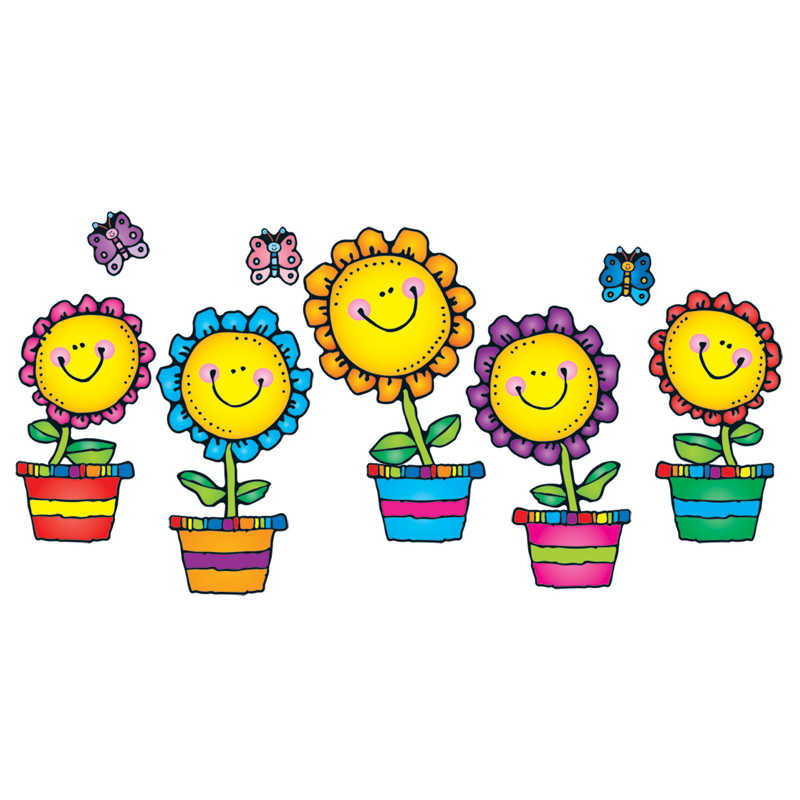Classroom Materials for Teaching Base Ten in Math
Base ten materials are physical objects used in mathematics education to represent the decimal numeral system, also known as the base-10 system. Math teachers commonly use these manipulatives to help students develop a concrete understanding of place value, operations, and other mathematical concepts.
Here are some popular base ten materials and their purposes:
- Base Ten Blocks: Base ten blocks consist of individual units, rods (groups of ten units), flats (groups of ten rods), and cubes (groups of ten flats). These blocks visually represent the hierarchical structure of the base-10 system. They help students understand place value, addition, subtraction, multiplication, and division. By physically manipulating the blocks, students can build numbers, regroup or exchange units, and visualize the concept of carrying or borrowing in operations.
Read more
- Place Value Charts: Place value charts visually represent the place value positions in a number. They typically consist of columns labeled with place values, such as ones, tens, hundreds, etc. Students can use manipulatives like base ten blocks or markers to represent digits in each place value. Place value charts help students understand the relationship between the digits and their positions in a number, allowing them to read, write, and compare numbers effectively.
- Number Lines: Number lines are linear representations of numbers, usually from negative to positive infinity. They can be used to teach various mathematical concepts, including addition, subtraction, multiplication, division, and fractions. Base ten number lines provide a visual model for students to understand numbers' magnitude and relative position. They can also help with operations involving positive and negative numbers.
- Decimal Squares/Grids: Decimal squares or grids are tools used to represent decimal numbers. They are similar to base ten blocks but are specifically designed for decimal place values. Decimal grids are divided into squares, with each square representing a specific decimal value (e.g., 0.1, 0.01). These grids help students understand the relationship between fractions, decimals, and percentages. Students can visualize and compare different decimal values by shading or coloring the squares.
The purpose of using base ten materials is to provide students with hands-on experiences and visual representations of mathematical concepts. These materials allow students to develop a solid understanding of place value, number relationships, and operations. Students can build a conceptual foundation that supports further mathematical learning by manipulating the physical objects and observing their interactions. Base ten materials promote active engagement, conceptual understanding, and the ability to make connections between concrete, pictorial, and abstract representations of numbers.
Stay Connected
Coupons, sales and latest free apps
Our newsletter for teachers, educators & parents! Subscribe to our weekly shameless plug! Sometimes coupons, other times sales, always fun! We will keep up on our always evolving teacher supplies catalog and all of our latest free educational apps!. Enter your e-mail and subscribe to our newsletter.
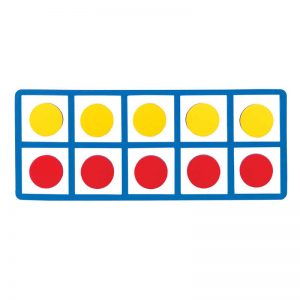
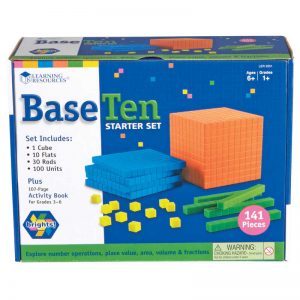
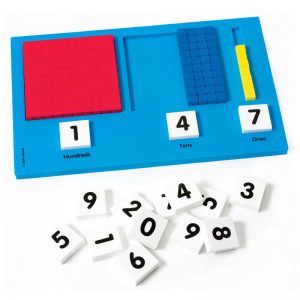
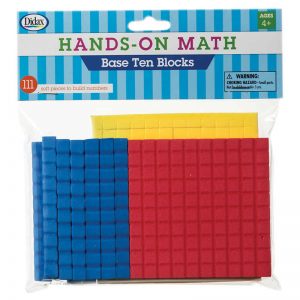
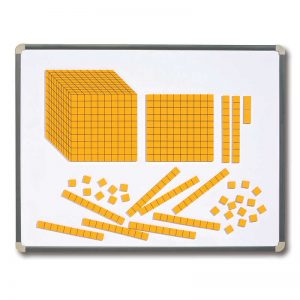
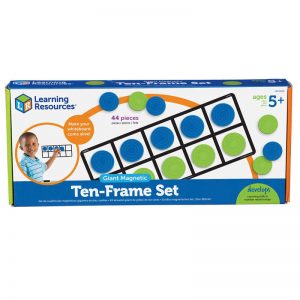
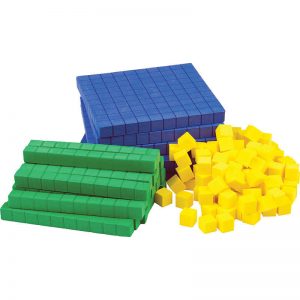

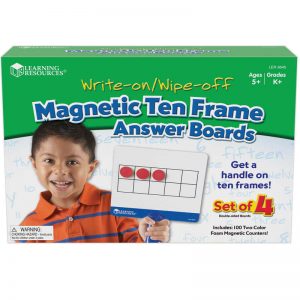
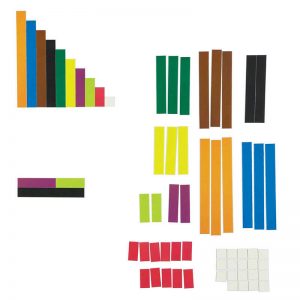
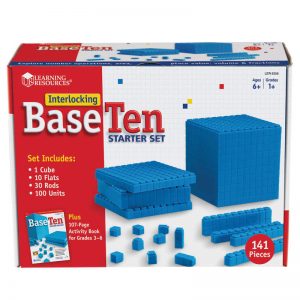 Out of Stock
Out of Stock
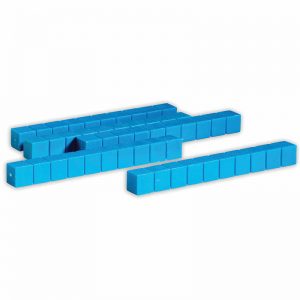 Out of Stock
Out of Stock